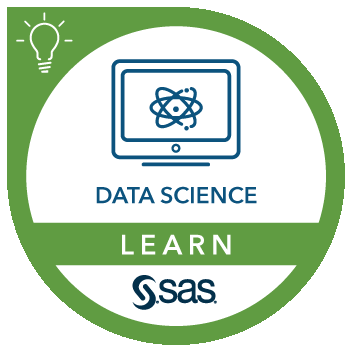Strategies and Concepts for Data Scientists and Business Analysts
BABA : BADS52
To be effective in a competitive business environment, analytics professionals need to use descriptive, predictive, and prescriptive analytics to translate information into decisions. An effective analyst also should be able to identify the analytical tools and data structures to anticipate market trends. In this course, you gain the skills that data scientists and statistical business analysts must have to succeed in today's data-driven economy. Learn about visualizing big data, how predictive modeling can help you find hidden nuggets, the importance of experiments in business, and the kind of value you can gain from unstructured data. This course combines scheduled, instructor-led classroom or Live Web sessions with small-group discussion, readings, and hands-on software demonstrations, for a highly engaging learning experience.
Learn How To
- Express a business problem as a manageable analytical question.
- Identify the appropriate analysis to address the question.
- Visualize and explore data.
- Select statistical analyses that help answer the question.
- Translate complex statistical results into actionable business decisions.
Who Should Attend
Statisticians, market researchers, information technology professionals, data scientists, and business analysts who want to make better use of their data
Prerequisites
Before attending this course, you should have taken a college-level course in statistics, covering distribution analysis, hypothesis testing, and regression techniques or have equivalent knowledge. You can gain this knowledge from the Statistics 1: Introduction to ANOVA, Regression, and Logistic Regression course.
SAS Products Covered
SAS Model Manager;SAS Text Miner;SAS Visual Statistics;SAS Visual Analytics;SAS Enterprise Miner
Course Outline
Overview
- Defining terms.
- Concepts of data science.
- Exploring and visualizing data.
- Pitfalls and good practices.
- Interpreting clusters.
- Fundamentals.
- Decision trees.
- Random forests.
- Model comparison.
- Mass-scale predictive modeling.
- Model deployment and management.
- Why experiment?
- Types of business experiments.
- Incremental response modeling.
- Text analytics.
- Social networks.
- Knowing your audience.
- Creating effective messages.
- Demonstrating value.
Live Class Schedule
Duration: 21 hours
Step into our live classes and experience a dynamic learning environment where you can ask questions, share ideas, and connect with your instructor and classmates. With on-demand lab hours, you can explore the material at your own pace. Our globally acclaimed instructors will motivate you to think bigger, so you can take what you've learned and achieve your biggest goals.
This course isn't publicly scheduled, but private training and mentoring may be available. Contact us to explore options.
Private Training
Get training tailored specifically for your team, led by expert SAS instructors. Choose from virtual sessions, or training at your location (or ours). Perfect for teams seeking a customized curriculum and plenty of interaction with a SAS specialist. We'll schedule it at a time that works for you.
Mentoring Services
Take your training to the next level with personalized mentoring. While private training offers structured coursework, mentoring provides hands-on, real-time support from a subject matter expert. As you work with your own data, you'll receive expert guidance to help you uncover insights, unlock the full potential of your data, and make faster progress. Perfect for those looking to apply what they’ve learned and see quicker results.
